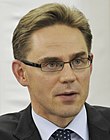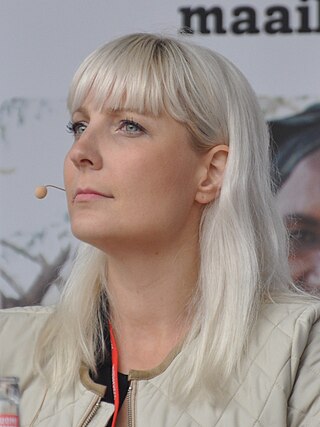| ||||||||||||||||||||||||||||||||||||||||||||||||||||||||||||||||||||||||||||||||||||||||||||||||||||||||||||||||||||||||||||||||||
All 200 seats to the Parliament 101 seats were needed for a majority | ||||||||||||||||||||||||||||||||||||||||||||||||||||||||||||||||||||||||||||||||||||||||||||||||||||||||||||||||||||||||||||||||||
|---|---|---|---|---|---|---|---|---|---|---|---|---|---|---|---|---|---|---|---|---|---|---|---|---|---|---|---|---|---|---|---|---|---|---|---|---|---|---|---|---|---|---|---|---|---|---|---|---|---|---|---|---|---|---|---|---|---|---|---|---|---|---|---|---|---|---|---|---|---|---|---|---|---|---|---|---|---|---|---|---|---|---|---|---|---|---|---|---|---|---|---|---|---|---|---|---|---|---|---|---|---|---|---|---|---|---|---|---|---|---|---|---|---|---|---|---|---|---|---|---|---|---|---|---|---|---|---|---|---|---|
| Turnout | 65.0% 1.7% | |||||||||||||||||||||||||||||||||||||||||||||||||||||||||||||||||||||||||||||||||||||||||||||||||||||||||||||||||||||||||||||||||
| ||||||||||||||||||||||||||||||||||||||||||||||||||||||||||||||||||||||||||||||||||||||||||||||||||||||||||||||||||||||||||||||||||
 | ||||||||||||||||||||||||||||||||||||||||||||||||||||||||||||||||||||||||||||||||||||||||||||||||||||||||||||||||||||||||||||||||||
| ||||||||||||||||||||||||||||||||||||||||||||||||||||||||||||||||||||||||||||||||||||||||||||||||||||||||||||||||||||||||||||||||||
 |
|---|
Parliamentary elections were held in Finland on 18 March 2007. [1] Early voting was possible from the 7–13 March. The 200 members of the Eduskunta were elected from 15 constituencies.
Contents
Election themes included a reduction of income tax[ citation needed ] and VAT on food. A proposal for a guaranteed minimum income was introduced by some parties. [2] The election debates were characterised by the high economic growth in Finland in recent years, which was thought to mean the government would have extra money to use on welfare services and transfer payments. Largest advertising budgets were spent by the Coalition Party (€2.46M) and the Center Party (€2.48M) with SDP far behind (€1.37M). [3]
Altogether, 2,004 candidates were nominated, 799 of whom were women. About three-quarters of the candidates were nominated by parties currently represented in Parliament. The number of female MPs rose as 84 women were elected (formerly 75), now comprising a record 42% of the 200 MPs.
According to the newspaper Helsingin Sanomat , the number of advance voters rose in comparison with the previous election in 2003. After the Tuesday before the Sunday election, when advance voting ended, the voter turnout had already reached 29.2%, which was more than at the same point in the 2003 elections. However, total voter turnout, at 67.8%, fell short of the 2003 figure, 69.7%, reaching a new low since the 1939 elections.
Many prominent MPs decided not to stand in the election. Former Prime Minister (1995–2003) and Speaker of the outgoing Parliament, Paavo Lipponen left his seat, as did the fifth-longest serving minister of all time, Jan-Erik Enestam, and former Left Alliance party leader Suvi-Anne Siimes, who had harshly criticized her party after her resignation as chairman in 2006. Some former MPs made a comeback, former Finance Minister and presidential candidate Sauli Niinistö and the first European Green minister, Pekka Haavisto, former minister and National Coalition chairman Pertti Salolainen, former foreign minister Paavo Väyrynen and rock musician Pertti "Veltto" Virtanen being the most famous examples. Niinistö also set a record for the highest number of personal votes, 60,498, which is almost twice as high as the previous record, and with the application of the d'Hondt method used in Finland, as many as four other National Coalition candidates were elected to Parliament on the strength of these votes.
The date of the election was near to the 100th anniversary of the first Finnish parliamentary elections, which were held on 15–16 March 1907, and were the first elections held under universal suffrage in Europe.






















